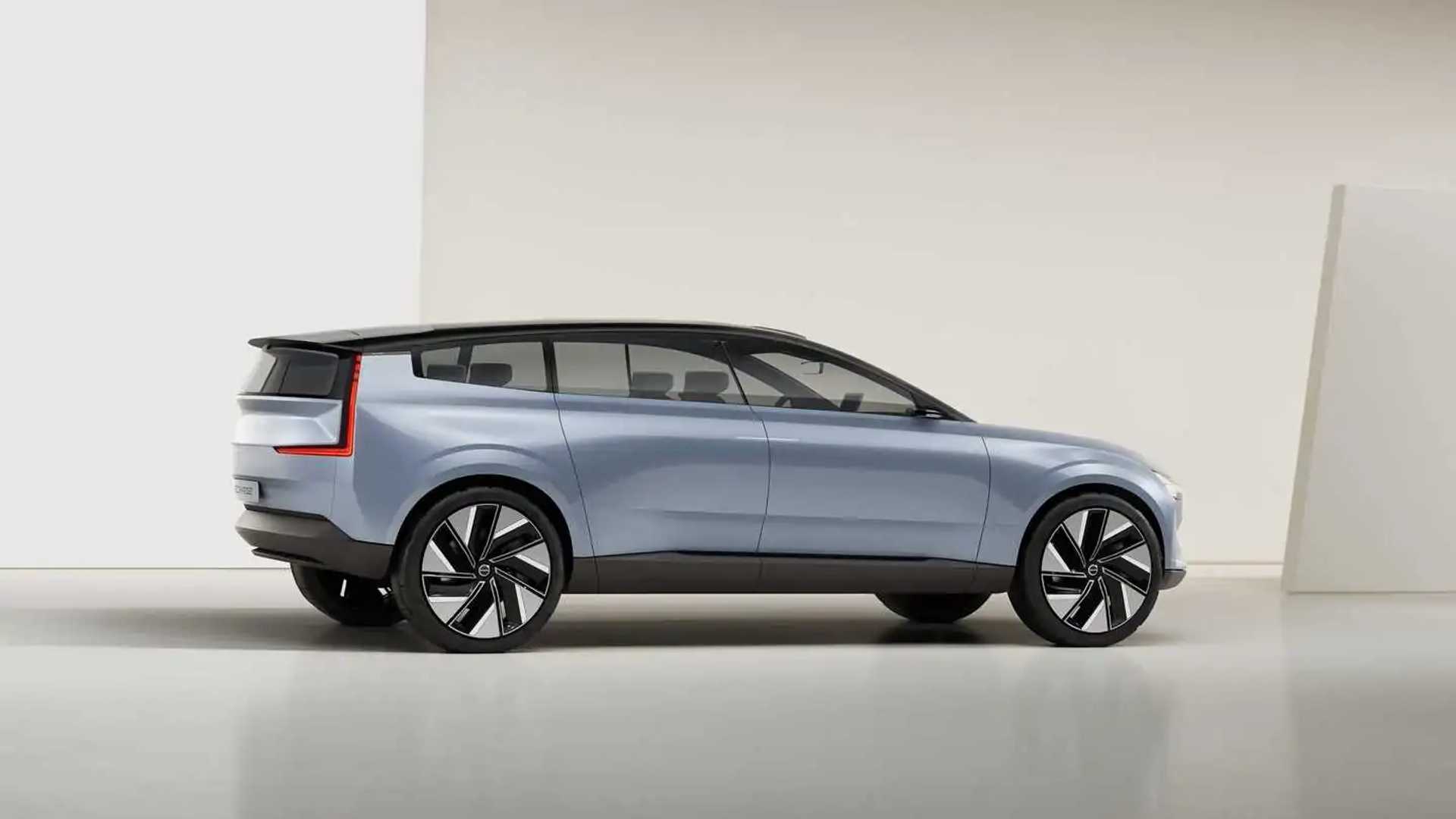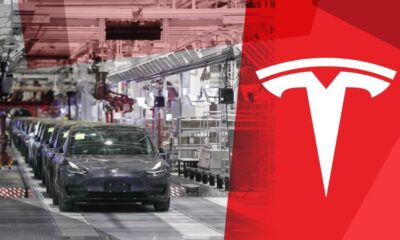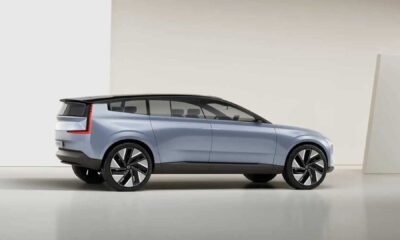Technology
Volvo’s EX60 Electric SUV Set to Revolutionize Battery Technology

Volvo is preparing to launch its new electric SUV, the EX60, which aims to significantly enhance the company’s battery technology. Set to become available in the U.S. and global markets in 2024, the EX60 will feature advanced battery options with two distinct chemistries, according to Anders Bell, Volvo’s Chief Technology Officer. This strategic move is part of a broader turnaround plan for the automaker, which includes improvements in software and hardware.
Bell disclosed in an interview with InsideEVs at Volvo’s manufacturing facility in Ridgeville, South Carolina, that while the specific battery chemistry for the EX60 has yet to be confirmed, the company is considering lithium-iron phosphate (LFP) batteries for its next-generation SPA3 platform. This platform is expected to support various battery types, providing flexibility in production and performance.
Volvo has established partnerships with two major battery suppliers: China’s CATL and Korea’s LG Energy Solution. CATL produces both LFP and nickel-manganese-cobalt (NMC) batteries, while LGES specializes in high-nickel variants. The Volvo EX30, already available in Europe, offers a choice between a 51-kilowatt-hour LFP pack and a 69-kWh NMC option. Currently, only the NMC variant is offered in the U.S., and it is likely that Volvo will adopt a similar strategy for the EX60.
A key highlight of the EX60 is its switch to prismatic battery cells, which are gaining traction outside of China. Bell noted, “We have standardized a form factor of cells, large prismatic, which will then allow us to be cell omnivores as much as possible.” This innovation is aimed at improving efficiency and performance while reducing costs. Other automotive giants, such as Volkswagen and General Motors, are also moving towards utilizing prismatic cells in their upcoming electric vehicles.
The prismatic cells not only optimize space but also contribute to a stiffer body structure. Bell likened the design to a “VHS cassette, but slightly bigger,” underscoring the practical dimensions of the cells. Additionally, the EX60 will implement a cell-to-body design, integrating the battery into the structure of the vehicle, which simplifies manufacturing and enhances energy density.
Beyond its battery innovations, the EX60 will feature significant technological upgrades, including Nvidia’s Drive Thor computer, capable of processing 1,000 trillion operations per second. This advanced computing power will enhance the vehicle’s performance and efficiency, while the third generation of Volvo’s drive units is expected to achieve an impressive 93% efficiency.
Manufactured at Volvo’s main plant in Gothenburg, Sweden, the EX60 is positioned to compete with prominent models such as the Tesla Model Y, BMW iX3, and the newly electric Mercedes GLC. This launch underscores Volvo’s commitment to becoming a leader in the electric vehicle market, making the EX60 one of the most significant releases in the company’s history.
As the automotive industry continues to evolve towards electrification, the EX60 represents a pivotal moment for Volvo, showcasing their advancements in battery technology and commitment to sustainability. The vehicle is expected to make waves upon its release, further solidifying Volvo’s reputation in the electric vehicle segment.
-

 Technology5 months ago
Technology5 months agoDiscover the Top 10 Calorie Counting Apps of 2025
-

 Health3 months ago
Health3 months agoBella Hadid Shares Health Update After Treatment for Lyme Disease
-

 Health3 months ago
Health3 months agoErin Bates Shares Recovery Update Following Sepsis Complications
-

 Technology4 months ago
Technology4 months agoDiscover How to Reverse Image Search Using ChatGPT Effortlessly
-

 Technology1 month ago
Technology1 month agoDiscover 2025’s Top GPUs for Exceptional 4K Gaming Performance
-

 Technology3 months ago
Technology3 months agoElectric Moto Influencer Surronster Arrested in Tijuana
-

 Technology5 months ago
Technology5 months agoMeta Initiates $60B AI Data Center Expansion, Starting in Ohio
-

 Technology5 months ago
Technology5 months agoRecovering a Suspended TikTok Account: A Step-by-Step Guide
-

 Health4 months ago
Health4 months agoTested: Rab Firewall Mountain Jacket Survives Harsh Conditions
-

 Lifestyle5 months ago
Lifestyle5 months agoBelton Family Reunites After Daughter Survives Hill Country Floods
-

 Health3 months ago
Health3 months agoAnalysts Project Stronger Growth for Apple’s iPhone 17 Lineup
-

 Technology4 months ago
Technology4 months agoHarmonic Launches AI Chatbot App to Transform Mathematical Reasoning





















